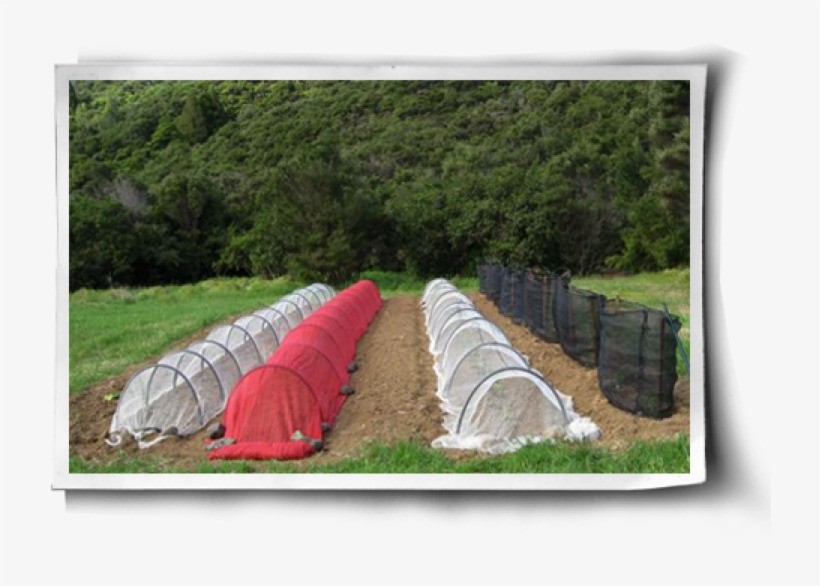The use of plastic in agriculture has transformed the way growers cultivate crops, particularly in controlled environments like greenhouses. Today, plastic coverings are a vital component of modern farming, offering durability, versatility, and adaptability to diverse climates. Among the many advantages, two critical aspects stand out: the benefits of plastic in greenhouse applications and the role it plays in providing sun protection for plants. By understanding how plastic coverings function and why they are so effective, growers can optimize plant health, increase yields, and extend growing seasons with greater confidence.
The Benefits of Plastic in Modern Greenhouses
When evaluating the benefits of plastic in agriculture, its practicality and cost-effectiveness make it the preferred choice over glass or other materials. Plastic greenhouse films are lightweight yet durable, allowing for easier installation and reduced structural requirements. Unlike glass, which is heavy and breakable, plastic provides flexibility without compromising strength. This makes it suitable for both small-scale garden structures and large commercial greenhouses.
Another major advantage lies in the adaptability of plastic films. They can be manufactured in different thicknesses, levels of clarity, and degrees of diffusion, giving growers the ability to customize their environment based on crop needs. For example, some films are designed to diffuse light evenly across the greenhouse, preventing hot spots and promoting uniform plant growth. Others emphasize maximum clarity, ensuring crops receive direct sunlight in regions with lower natural light. These design variations highlight the many benefits of plastic as a versatile solution for agriculture.
Additionally, plastic coverings are often treated to resist UV degradation, meaning they last for multiple seasons without losing strength or clarity. This durability translates into cost savings and improved consistency for growers who depend on stable growing environments. The long lifespan of plastic films further underscores their role as a sustainable and practical option in greenhouse farming.
How Plastic Supports Sun Protection for Plants
While plants need sunlight to thrive, too much direct exposure can be harmful. Excessive radiation can cause overheating, leaf burn, and overall stress that stunts plant development. This is where plastic coverings step in to provide reliable sun protection for plants.
Specially engineered greenhouse plastics filter and diffuse sunlight, ensuring that crops receive the energy they need without the damaging effects of harsh rays. By scattering light throughout the greenhouse, these coverings reduce the intensity of direct sun exposure, protecting delicate leaves and stems from scorching. At the same time, they enhance light penetration into shaded areas, ensuring even growth across all rows of crops.
Sun protection for plants is particularly important in regions with intense solar exposure. Without proper coverings, greenhouses can overheat, creating unstable conditions that reduce productivity. Plastic films, especially those treated with UV inhibitors, balance light transmission and heat retention. This balance allows growers to maintain an environment that is both protective and productive, helping plants flourish year-round.
Enhancing Growing Conditions Through Temperature Regulation
One of the overlooked benefits of plastic is its role in stabilizing temperatures inside the greenhouse. Greenhouse films not only provide sun protection for plants but also create insulation that helps maintain consistent warmth during cooler nights or seasons. By reducing fluctuations, these coverings protect plants from stress and support healthier growth cycles.
During hotter periods, diffused plastics help lower the risk of overheating by spreading light more evenly, while still allowing enough penetration for photosynthesis. This temperature regulation ensures that growers can extend their growing seasons, cultivate crops earlier in the spring, and continue production later into the fall. For commercial operations, this stability translates into greater yields and more reliable supply throughout the year.
Durability and Long-Term Value
Another aspect that demonstrates the benefits of plastic in greenhouses is its long-term value. Modern greenhouse films are designed to endure environmental stressors such as wind, rain, and temperature extremes. Reinforced options add extra tear resistance, making them suitable for harsher conditions. By investing in high-quality plastics, growers minimize the need for frequent replacements, which reduces labor costs and material waste.
The longevity of these materials also ties directly to plant protection. A durable cover ensures that the greenhouse remains sealed and functional, preventing sudden exposure to harmful elements. This reliability means growers can focus more on crop management rather than worrying about the structure itself.
Practical Applications for Different Crops
The flexibility of plastic greenhouse films makes them suitable for a wide variety of crops. Vegetables, herbs, flowers, and even fruiting plants all benefit from the controlled environment provided by plastic coverings. Sun protection for plants is especially vital for leafy greens and delicate flowers, which can be damaged by direct sun exposure. Meanwhile, fruiting crops such as tomatoes and peppers thrive under diffused light conditions that promote uniform development.
Growers can choose specific plastic films tailored to the light and climate requirements of their crops. For instance, high-clarity films work well in cloudy regions, while diffused plastics are ideal for sunnier climates. This ability to adapt coverings to crop needs highlights how plastic continues to revolutionize modern farming practices.
Conclusion
The benefits of plastic in greenhouse applications extend far beyond affordability and ease of use. These coverings deliver long-lasting durability, versatile design options, and critical sun protection for plants, making them indispensable for growers across different regions and scales. By regulating light, maintaining consistent temperatures, and shielding crops from harmful rays, plastic films create an optimal growing environment that supports productivity year after year. For anyone looking to maximize the potential of their greenhouse, investing in high-quality plastic coverings is a practical and effective step toward long-term success.









